In the competitive landscape of sales and marketing, cold email outreach remains a powerful tool for connecting with potential customers and driving business growth. But are you making the most of this effective channel? By understanding essential cold outreach statistics and implementing data-driven best practices, you can elevate your strategy and unlock the full potential of cold emails. Let’s dive into the insights that will help you optimize your outreach and achieve extraordinary results.
Key Takeaways
- Discover key metrics to unlock the power of cold email campaigns, including open and response rates, subject lines, follow-ups and click-through rates.
- Personalizing emails and using strategic follow up techniques can increase response rate significantly.
- Leverage data insights to refine your cold email strategies for improved campaign performance.
Unlocking the Power of Cold Email: Key Metrics Revealed
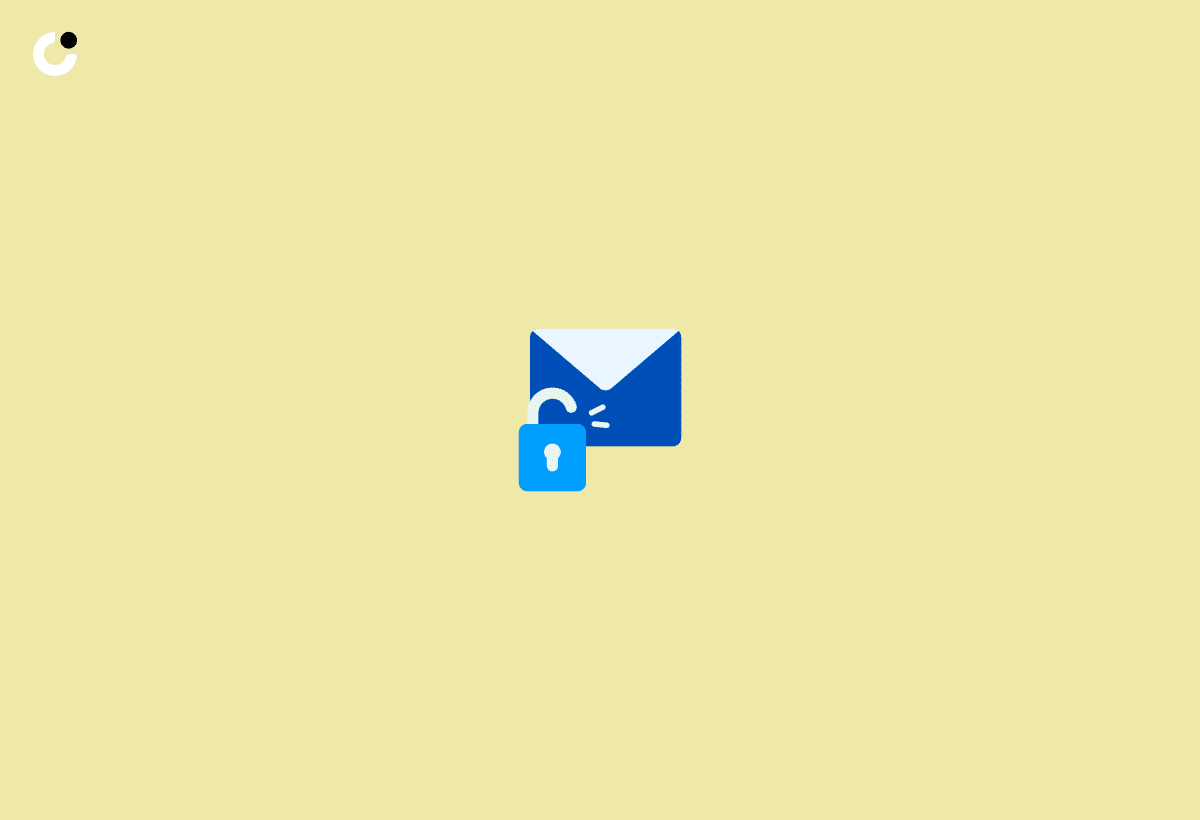
The foundation of a successful cold email strategy lies in understanding the key metrics that drive engagement and response rates. Analyzing these metrics enables you to fine-tune your approach and spot areas for improvement, leading to more effective cold email campaigns.
Here are some essential email subject line statistics to consider:
- Open rates: The percentage of recipients who open your cold email.
- Response rates: The percentage of recipients who respond to your cold email.
- Subject lines: The impact of different subject lines on open rates.
- Follow-ups: The effectiveness of follow-up emails in generating responses.
By tracking and analyzing these metrics, you can make informed decisions and maximize the effectiveness of your outreach efforts.
This blog post presents critical cold email statistics, drawn from millions of data points from QuickMail campaigns. We will discuss the factors influencing:
- Open rates
- Response rates
- Click-through rates
- Follow-up tactics
- Unsubscribe rates
- The best day and time to send a cold email
Let’s move towards mastering initial cold email strategies.
The Truth About Cold Email Open Rates

Cold email open rates can be quite revealing, with an average open rate of around 24%. However, with the right tactics, this number can be significantly improved. Engaging subject lines and optimal timing are two crucial factors that can boost your open rates. Are you aware that subject lines alone influence around 33% of individuals to open sales emails?
Knowing the best time to send cold emails is also important. Research shows that Tuesdays offer the highest average open rate at 21.26%, while weekends experience the lowest rates. Moreover, sending cold emails between 10 AM and 11 AM in the recipient’s local time zone yields the best results. With captivating subject lines and ideal timing, you can make sure your cold emails get the attention they deserve.
Navigating Response Rates for Cold Outreach

While open rates are important, the ultimate goal is to elicit a response from your recipients. The average response rate for cold emails is 8.5%, but this can be increased through personalization, targeting, and follow-up techniques. Personalized email content can raise response rates by a staggering 32.7%. In fact, incorporating 1-3 questions in your cold emails can boost reply rates by 50%.
Timing and quantity also play a significant role in follow-ups. Spreading the sending volume over the week, avoiding weekends, and monitoring response patterns over time can help sales reps estimate the response rate for future campaigns. By focusing on personalization and strategic follow-ups, you can turn a cold prospect into a warm lead and ultimately, a loyal customer.
Crafting Subject Lines That Convert

For maximizing the impact of your cold email campaigns, crafting attention-grabbing subject lines that persuade your recipient to open your message is important. The upcoming sections will discuss the impact of personalized subject lines on open rates and the ideal length and tone for successful cold email subject lines. Armed with this knowledge, you’ll be able to create subject lines that truly convert.
The Impact of Personalized Subject Lines on Open Rates
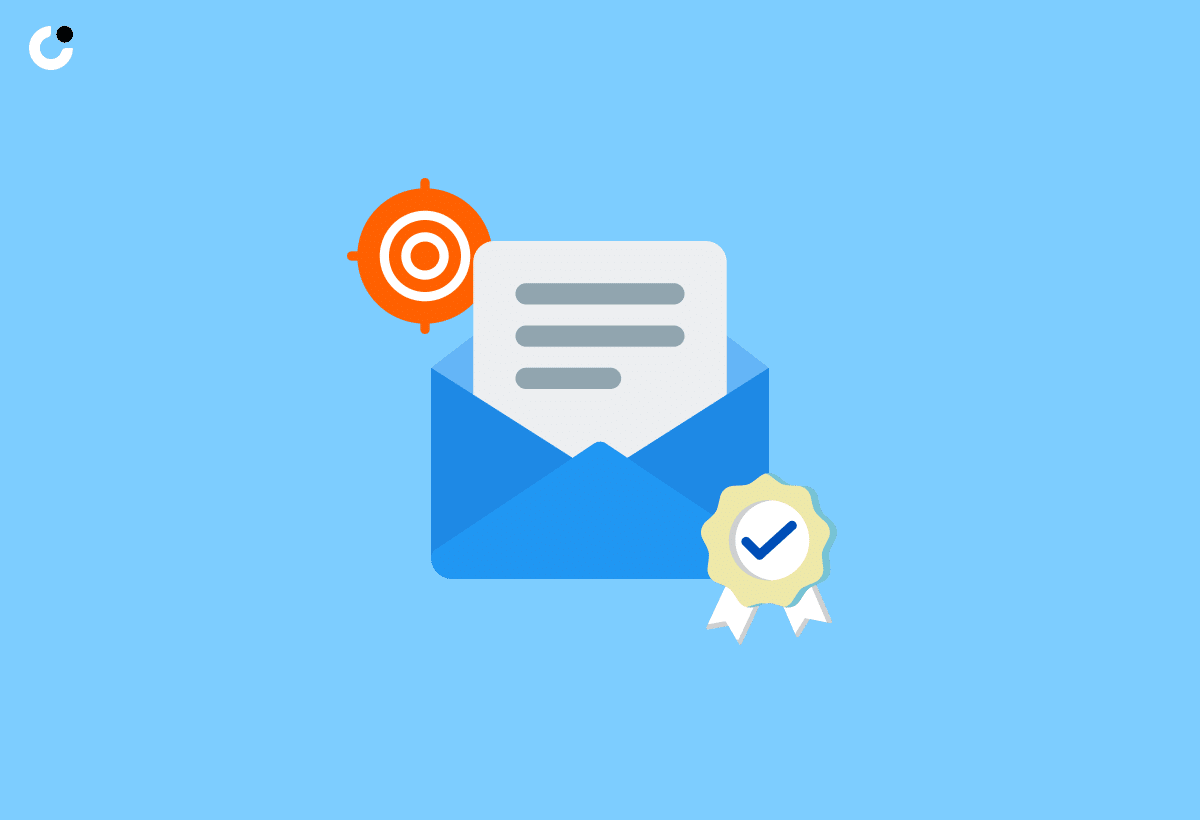
Personalization can significantly improve the open rates of your cold emails. Here are some ways you can tailor subject lines to resonate with individual recipients:
- Including the recipient’s name
- Including the company name
- Mentioning shared connections
- Referencing hobbies or interests
Personalizing the subject lines of your emails can lead to an increase in open rates by up to 26%. Make sure you take advantage of this powerful tactic. In fact, the highest open rates can be achieved by personalizing subject lines with a prospect’s name.
Making your subject lines more relevant and engaging can help capture your recipients’ attention and significantly improve response rates. The power of personalization should not be underestimated, as it can be the key to unlocking the full potential of your cold email outreach.
The Length and Tone of Successful Cold Email Subject Lines

The optimal length for a captivating cold email subject line is approximately 41 characters or 7 words. Striking the right balance between being informative and concise is essential for grabbing your recipient’s attention and enticing them to open your email. Additionally, using a conversational tone in your subject lines can make your emails feel more personal and engaging, piquing the curiosity of your recipients and leading to higher open rates.
The crafting of your subject lines should consider both length and tone, as well as the preferences of your target audience. By creating captivating and personalized subject lines that resonate with your recipients, you’ll be well on your way to cold email success.
The Follow-Up Factor: Boosting Your Response Rate

Follow-ups are a critical component of any successful cold email outreach strategy. By understanding the importance of timing and quality in your follow-up emails, you can significantly increase your response rates and make the most of your cold email campaigns.
The upcoming sections will discuss the optimal timing for follow-ups and the delicate balance between quantity and quality in your follow-up efforts.
Timing Your Follow-Ups for Maximum Effect
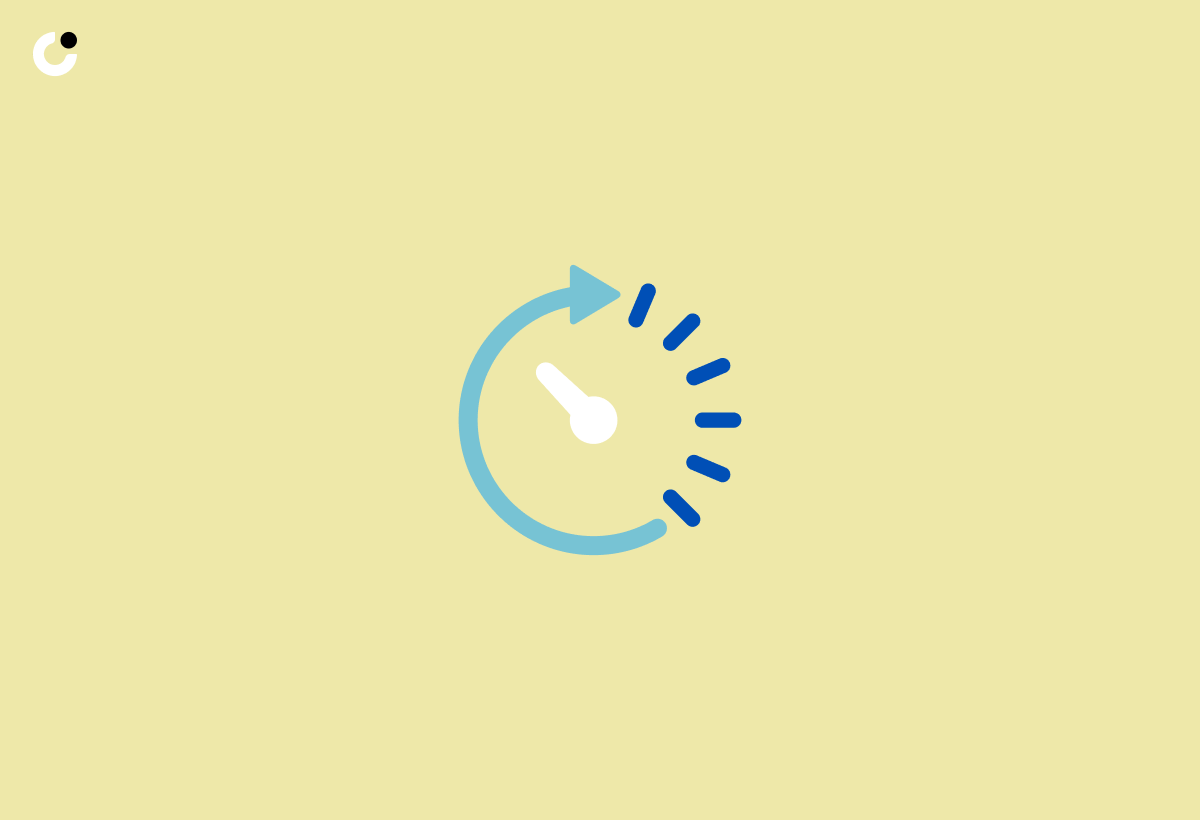
Timely follow-ups can make a significant difference in your response rates. Research suggests that at least three follow-ups are necessary for optimal results. It’s recommended to wait two or three days before sending your first follow-up email, giving your recipients enough time to process your initial message. Sending the first follow-up within three days can result in up to 31% more replies.
Grasping the subtleties of timing in your follow-ups is important to maximize the effectiveness of your cold email campaigns. By implementing strategic timing in your follow-up efforts, you’ll be able to capture the attention of your recipients and increase the likelihood of a response.
Quantity vs. Quality: How Many Follow Ups Are Enough?

Maintaining a balance between the number and quality of your follow-ups is key to keep your prospects interested without overwhelming them. It’s generally recommended to include 2-3 follow-ups in your cold email campaign. However, it’s crucial to ensure that your follow-up emails are high quality and provide value to your recipients.
Some strategies for maintaining quality in your follow-up emails include:
- Incorporating a focused call to action
- Highlighting personalization
- Demonstrating credibility and authority
- Adding value
- Keeping your message concise and to the point
By focusing on both the quantity and quality of your follow-ups, you can optimize your cold email outreach and maximize your response rates, even when dealing with cold calls.
Best Practices for Cold Email Outreach

In addition to understanding key metrics and crafting compelling subject lines, there are several best practices to consider when conducting cold email outreach. The upcoming sections will discuss how to avoid spam filters and ensure your emails get seen, and the importance of optimizing your cold emails for mobile devices.
Implementing these best practices will assist you in creating a result-oriented cold email strategy and effectively write cold emails.
Avoiding the Spam Filter: Ensuring Your Emails Get Seen
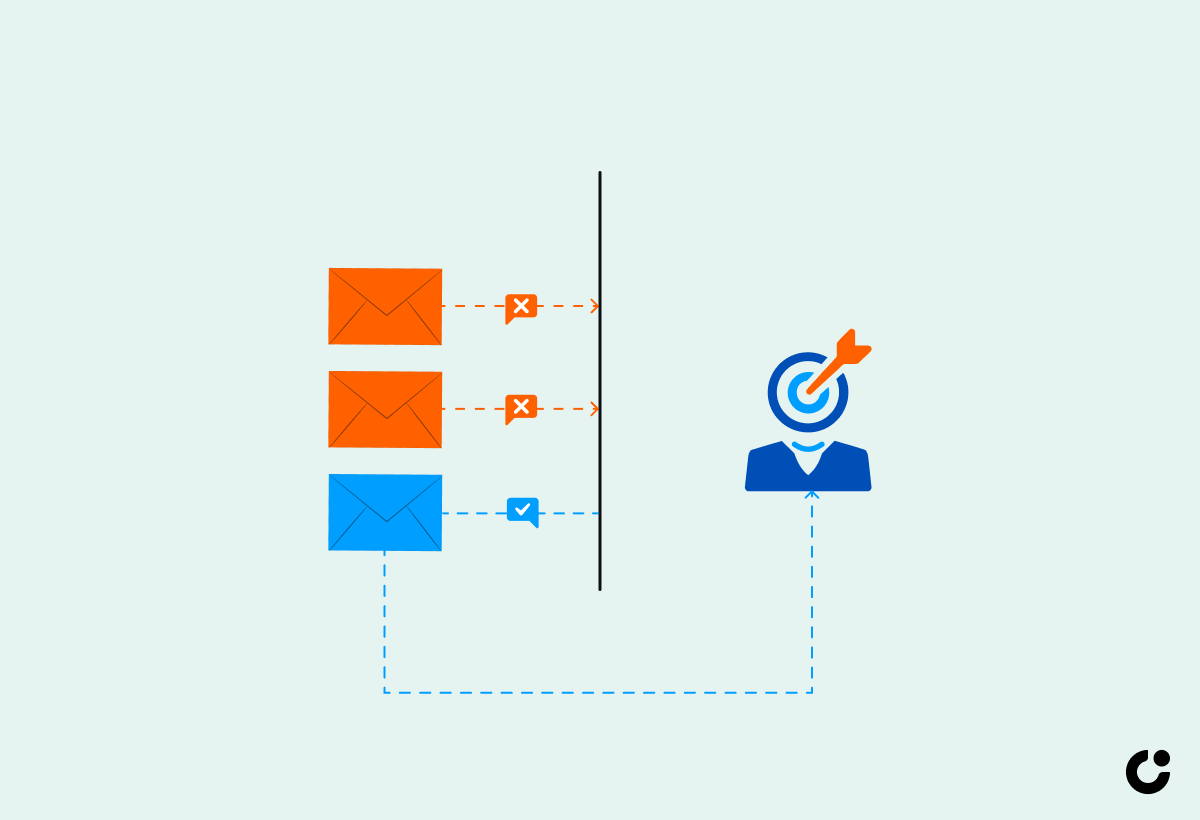
One of the most significant challenges in cold emailing is ensuring that your cold emails reach your recipients’ inboxes and don’t end up in their spam folders. Using reputable email service providers like Gmail, Outlook, or AOL Mail, which offer low spam rates for cold email outreach, is necessary to avoid triggering spam filters.
Additionally, be mindful of the content in your emails, as the use of spam trigger words, sender anonymity, and non-compliance with spam regulations can all contribute to your emails being flagged as spam. By understanding the factors that can lead to an email being sent to spam and taking steps to avoid them, you can ensure that your emails get seen by your target audience.
Mobile Optimization: Reaching Recipients on the Go

Given that a significant 24.45% of emails are opened on mobile devices, optimizing your cold emails for mobile viewing is important. Mobile optimization can significantly boost the open rates of your cold emails by up to 24%. To create mobile-friendly emails, consider factors such as responsive design, concise content, and easy navigation.
By optimizing your cold emails for mobile devices, you can ensure that your recipients have a seamless experience regardless of the device they’re using. This not only increases the likelihood of your emails being opened but also improves overall engagement and response rates.
Analyzing Cold Email Unsubscribe Rates
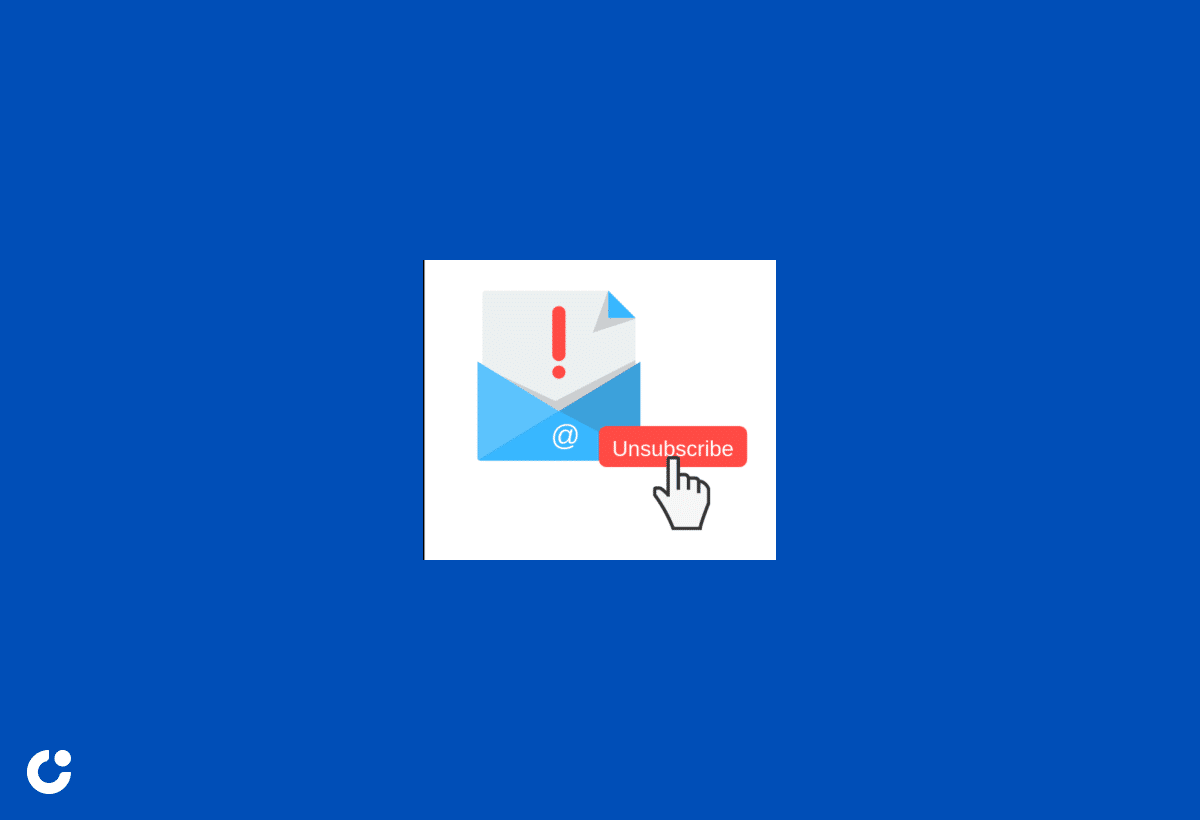
Understanding and analyzing cold email unsubscribe rates is an essential aspect of maintaining a healthy email list and identifying areas for improvement in your campaigns. Even though the average unsubscribe rate for cold emails is not explicitly stated, monitoring and minimizing this metric is important to maintain recipient engagement and prevent potential leads from slipping away.
To reduce unsubscribe rates, consider refining your targeting, personalizing your content, and optimizing the timing and frequency of your emails. Analyzing and addressing the factors that contribute to unsubscribe rates will help improve the overall performance of your cold email campaigns and maximize results.
The Role of Personalization in Cold Email Success

Personalization plays a significant role in the success of your cold email campaigns. Tailored content and subject lines can lead to higher engagement and response rates, making personalization a crucial element in effective cold outreach. By incorporating multiple personalization fields in your cold emails, you can increase reply rates by a staggering 142%.
Focusing on personalization in your cold email strategy helps create more meaningful connections with your recipients and significantly improve your response rates. Remember, when it comes to cold email success, one size does not fit all – personalization is the key to unlocking the full potential of your outreach efforts.
Cold Email Campaigns: Frequency and Cadence Insights
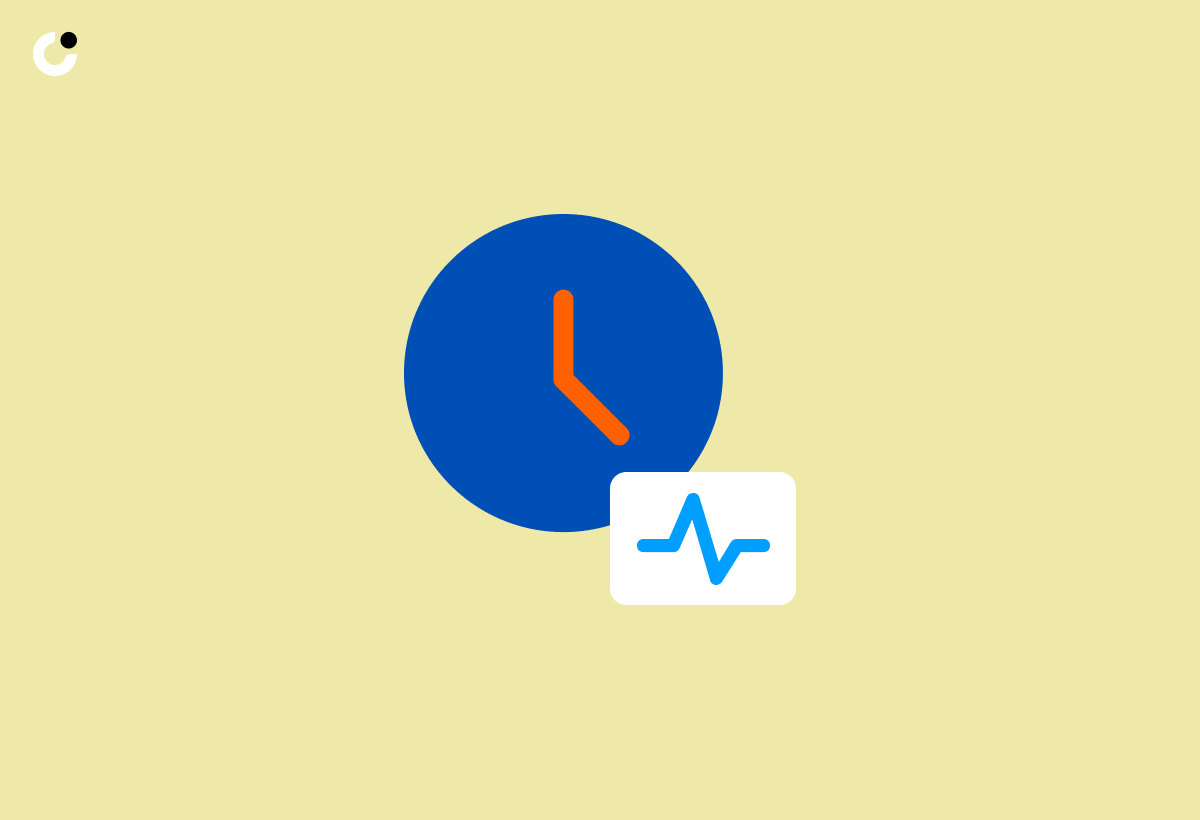
Analyzing the frequency and cadence of your cold email campaigns can help you optimize your outreach strategy and maximize results. Here are some recommendations:
- Send 1-3 emails per week
- Tuesdays and Thursdays are the most suitable days to send cold emails
- The optimal times to send cold emails are usually between 8:00 to 11:00 am in the recipient’s time zone.
In addition to frequency, the cadence of your cold email campaigns can also impact response rates. Studies show that the response rate tends to decrease after the 5th email in a cadence, with only a 3% response rate for 10 emails in one cadence. By finding the ideal balance between frequency and cadence, you can optimize your cold email outreach and achieve better results.
Leveraging Data to Refine Cold Email Strategies
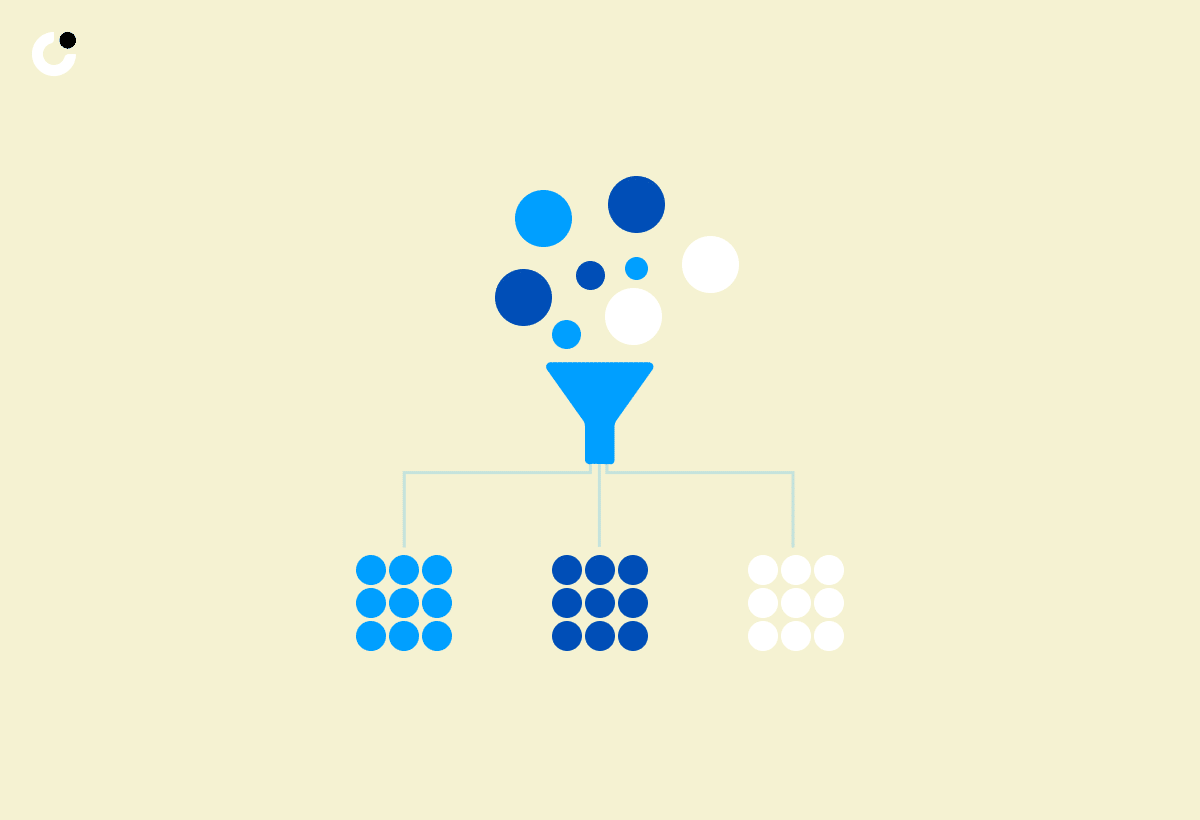
Data-driven insights can help you refine your cold email strategies and improve your overall campaign performance. By focusing on areas such as personalization, timing, and follow-up tactics, you can make informed decisions and optimize your outreach for the best results.
Utilizing data to guide your cold email strategy allows you to better understand your recipients’ preferences and behavior, leading to more effective campaigns and higher response rates. By leveraging data and implementing the insights shared throughout this blog post, you can create a cold email strategy that delivers extraordinary results.
Summary
In conclusion, understanding and applying essential cold outreach statistics can significantly improve your cold email strategy and drive business growth. By focusing on key metrics, crafting engaging subject lines, optimizing follow-up timing, and leveraging data-driven insights, you can elevate your cold email campaigns and achieve remarkable results. So, why wait? Start implementing these proven strategies today and unlock the full potential of your cold email outreach.
Frequently Asked Questions
What is the average open rate for cold emails?
On average, cold emails have an open rate of 24%.
How many follow-up emails should I send in a cold email campaign?
It is generally recommended to include 2-3 follow-ups in your cold email campaign.
What is the optimal length for a cold email subject line?
The optimal length for a cold email subject line is approximately 41 characters or 7 words.
How can I avoid having my cold emails sent to spam folders?
Ensure that your emails are sent using reputable mail services like Gmail, Outlook, or AOL Mail, and be sure to craft an appropriate professional tone with a clear conclusion in the first sentence. Additionally, avoid sending messages that have artifacts like random dates at the end.
How can I optimize my cold emails for mobile devices?
Optimize your cold emails for mobile devices by ensuring they have a responsive design, are concise and easy to navigate. Use a professional tone when writing and make sure there are no artifacts in the message.

